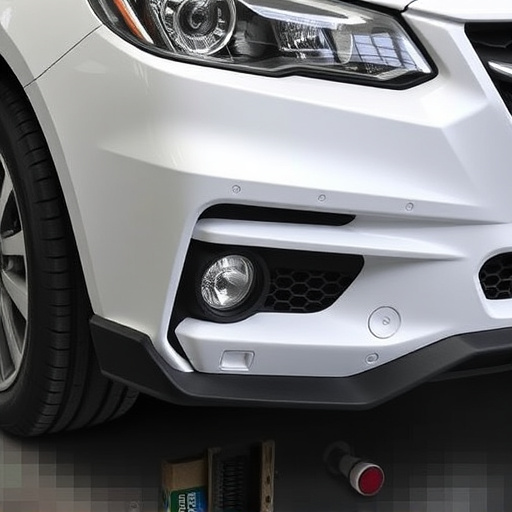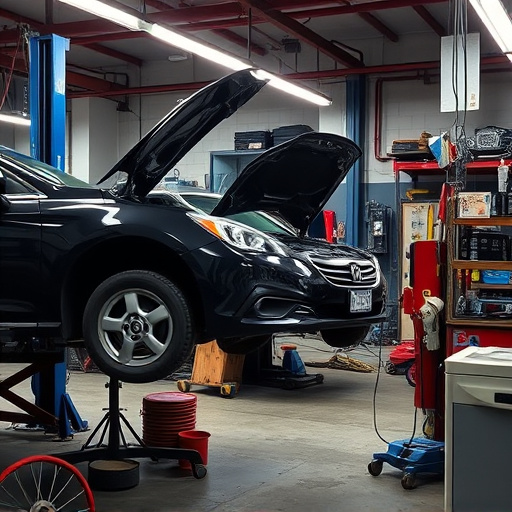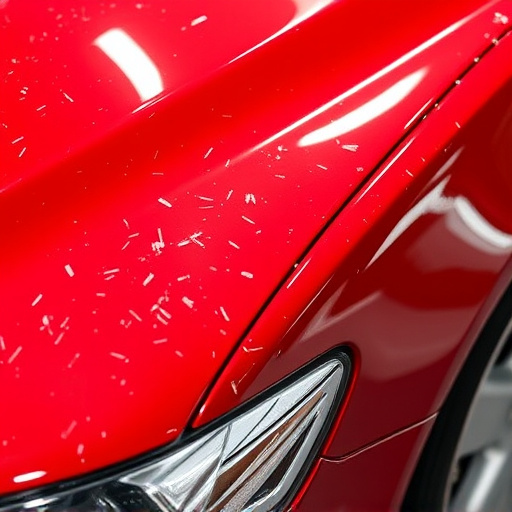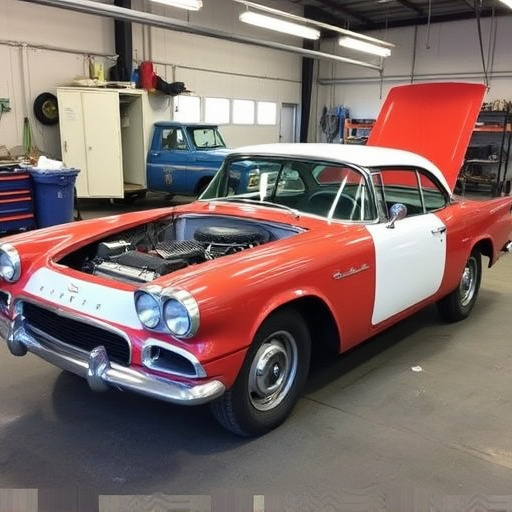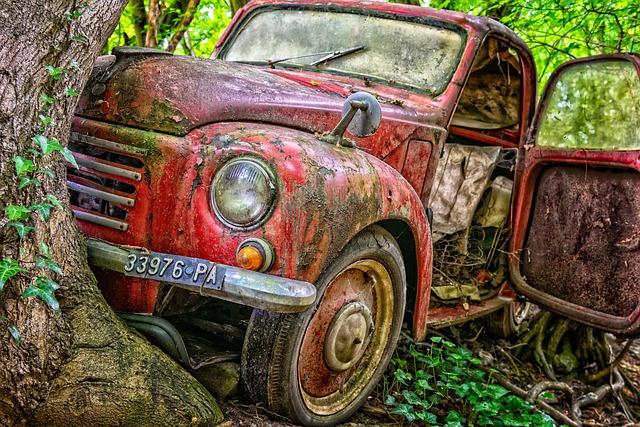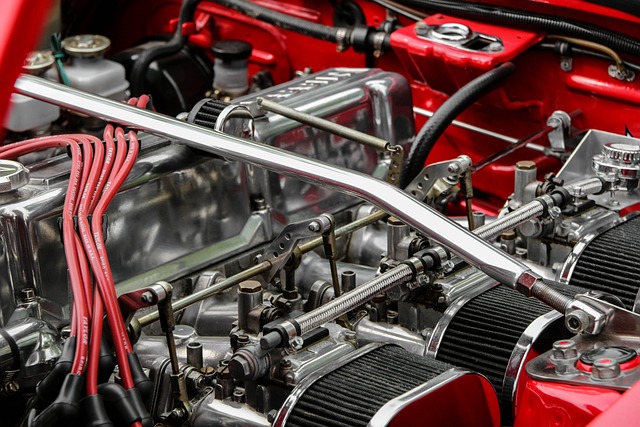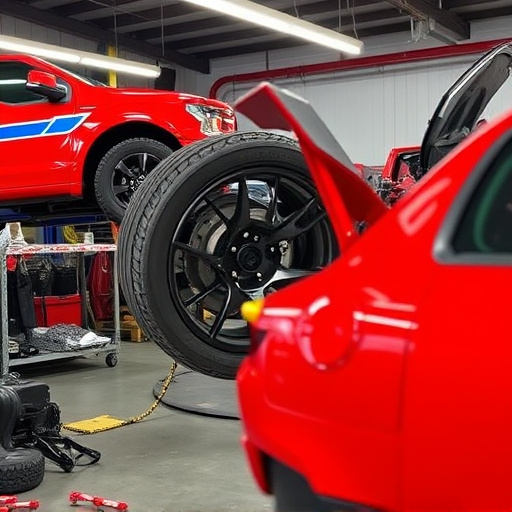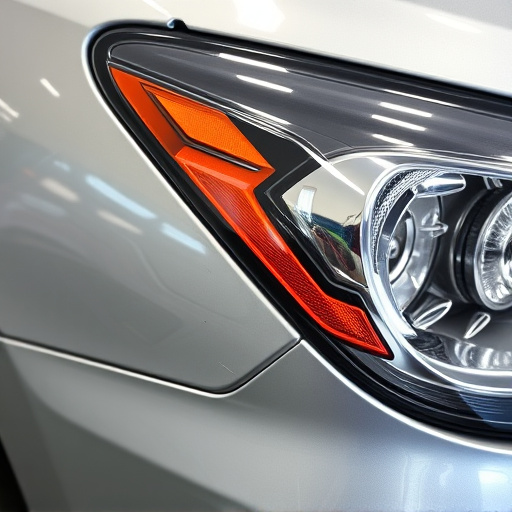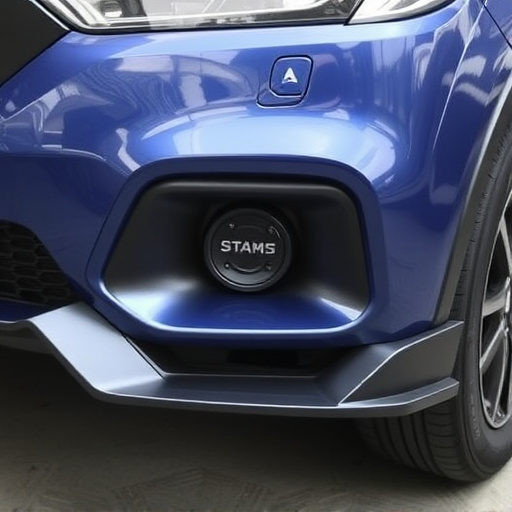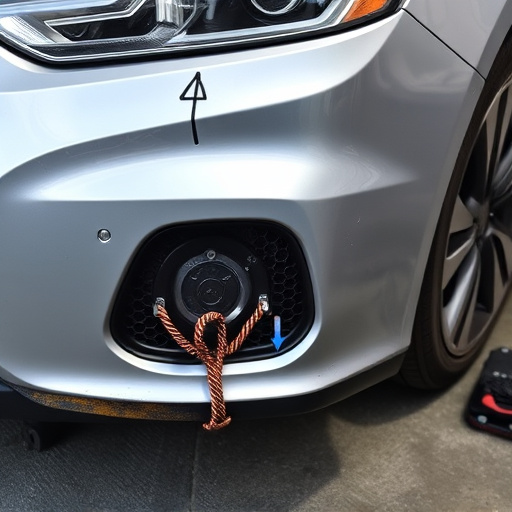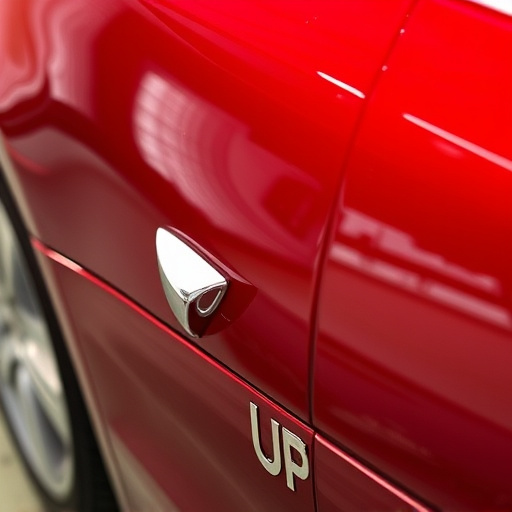Advanced tools like CAD software, 3D scanning, and diagnostic sensors revolutionize auto body collision repair, enhancing precision, efficiency, and customer satisfaction through faster, higher-quality repairs. Emerging technologies such as automation, VR/AR training, and immersive simulations further streamline processes, reduce errors, and improve outcomes in the industry.
Advanced diagnostics are transforming the landscape of auto body collision repair, empowering shops to deliver precision and efficiency like never before. Modern tools and technologies, ranging from sophisticated sensors to advanced software, enable comprehensive auto body assessment, minimizing guesswork and maximizing accuracy. This article explores these innovations, delving into how they enhance repair processes, reduce downtime, and ultimately, improve customer satisfaction in the ever-evolving world of auto body collision repair.
- Modern Tools for Auto Body Assessment
- Enhancing Repair Precision and Efficiency
- The Future of Collision Repair Technology
Modern Tools for Auto Body Assessment
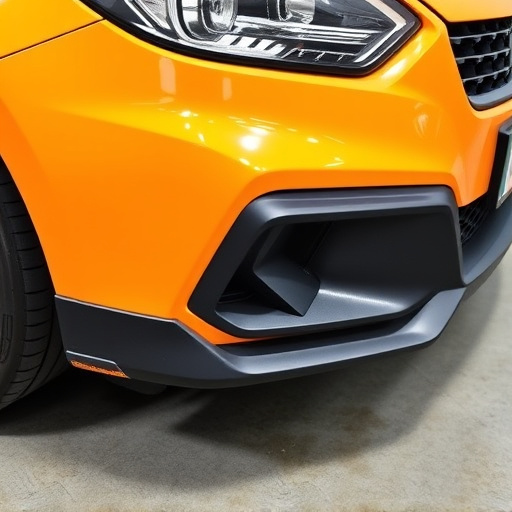
In today’s digital era, advanced tools have revolutionized auto body collision repair shops, enabling them to offer more accurate and efficient car bodywork services. One of the most significant innovations is the use of computer-aided design (CAD) software, which allows technicians to perform intricate measurements and assessments with unparalleled precision. This technology plays a crucial role in identifying even the subtlest of dents, cracks, or misalignments caused by a fender bender.
Additionally, advanced diagnostic systems have integrated various sensors and cameras to thoroughly inspect vehicles, including hidden areas that might be compromised in a collision. These modern tools not only expedite the repair process but also ensure the highest quality standards in auto glass repair and overall bodywork restoration, leaving customers with exceptional results and peace of mind.
Enhancing Repair Precision and Efficiency
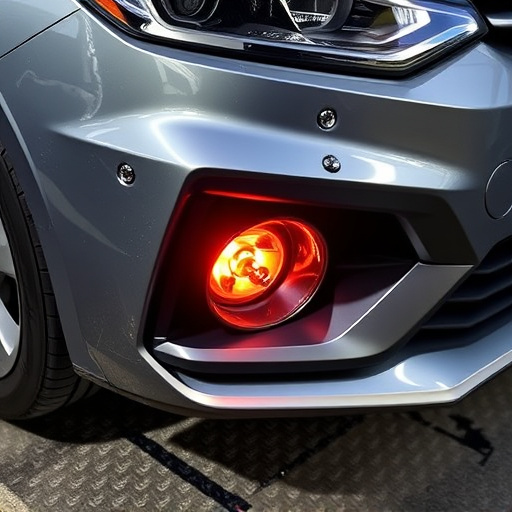
In the realm of auto body collision repair, advanced diagnostics play a pivotal role in enhancing both precision and efficiency. By integrating cutting-edge technology, such as 3D scanning and computer-aided design (CAD) software, auto body shops can achieve remarkable accuracy in their repairs. These tools allow technicians to measure and analyze damaged car bodywork with meticulous detail, ensuring every component is replaced or repaired to the highest standards. This precision not only guarantees the safety and reliability of the vehicle but also reduces the time required for repairs, thereby increasing overall efficiency.
Moreover, advanced diagnostics facilitate a more streamlined workflow in auto body shops. With real-time data and intelligent software systems, technicians can make informed decisions quickly, minimizing errors and maximizing productivity. This technological enhancement not only benefits the repair process but also enhances customer satisfaction by delivering high-quality work in shorter turnaround times, making it a game-changer for modern automotive collision repair services.
The Future of Collision Repair Technology
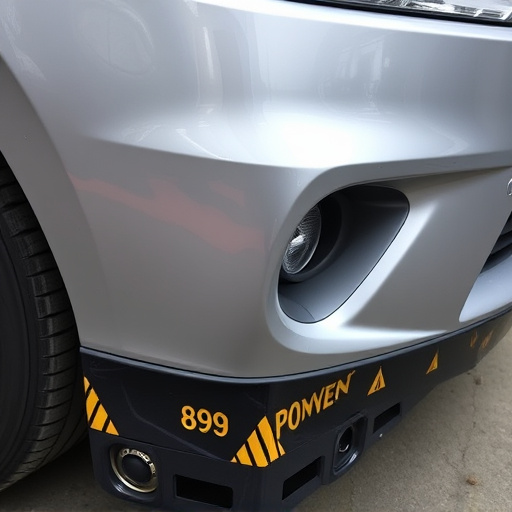
The future of auto body collision repair is poised for a significant transformation, driven by technological advancements and a growing demand for precision and efficiency. Shops are increasingly adopting advanced diagnostics tools that go beyond traditional methods, enabling them to offer more sophisticated repairs, especially in luxury vehicle repair scenarios. These innovations include state-of-the-art scanning systems that can detect even the most subtle of damages, enhancing accuracy during the repair process.
Furthermore, automation is set to play a pivotal role, with robotic systems taking over repetitive tasks, thereby reducing human error and expediting repairs. This shift promises not just faster vehicle turnaround times but also improved quality in auto body collision repair. Additionally, virtual reality (VR) and augmented reality (AR) technologies are expected to revolutionize training programs, allowing technicians to acquire skills through immersive simulations before handling real-world damage scenarios, particularly for intricate tasks such as auto glass repair.
Advanced diagnostics have revolutionized auto body collision repair, offering shops precise tools to enhance efficiency. By leveraging modern assessment methods, repair technicians can achieve remarkable accuracy and quality in their work. Looking ahead, emerging technologies promise an even more robust future for the industry, streamlining processes and setting new standards in auto body collision repair.
